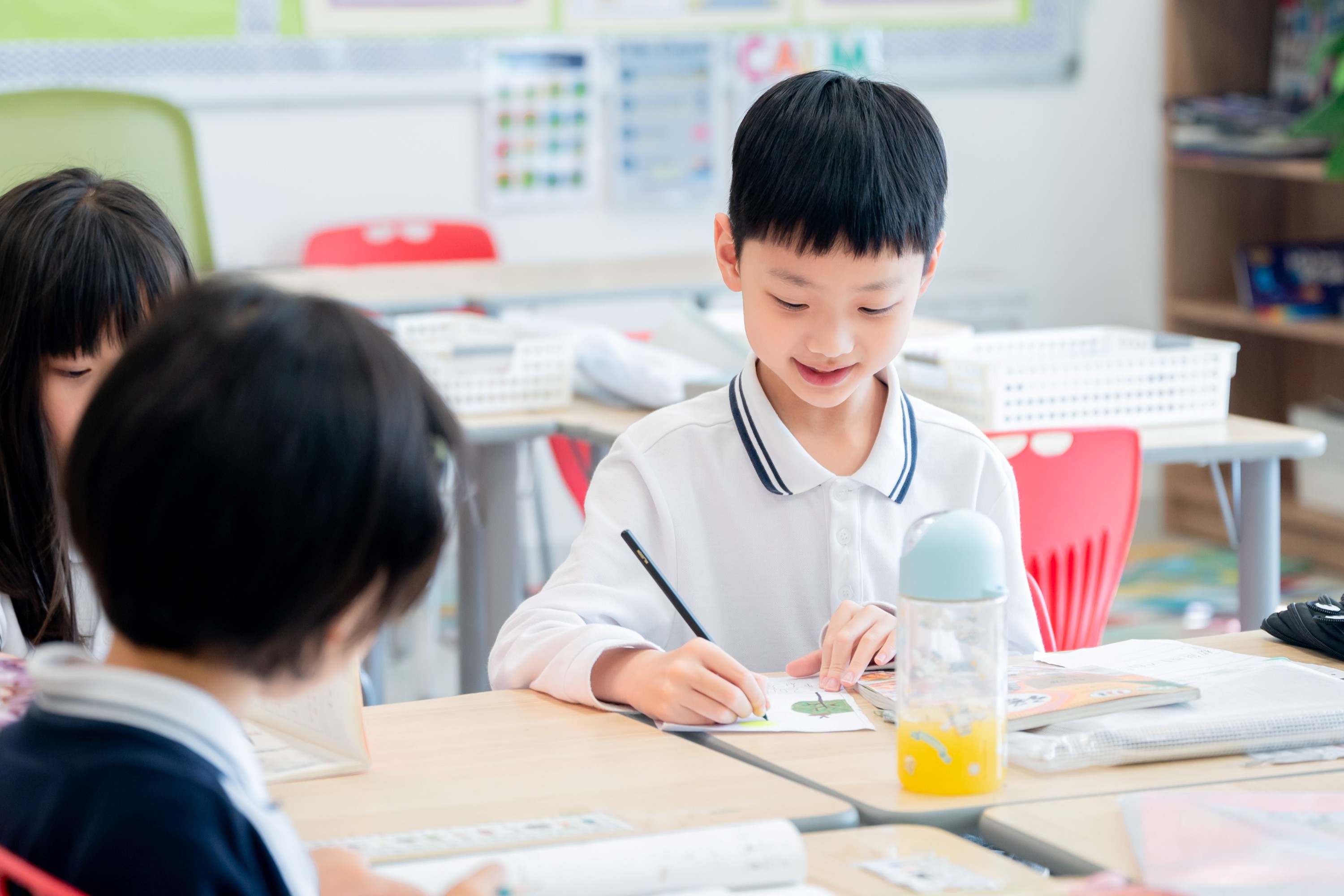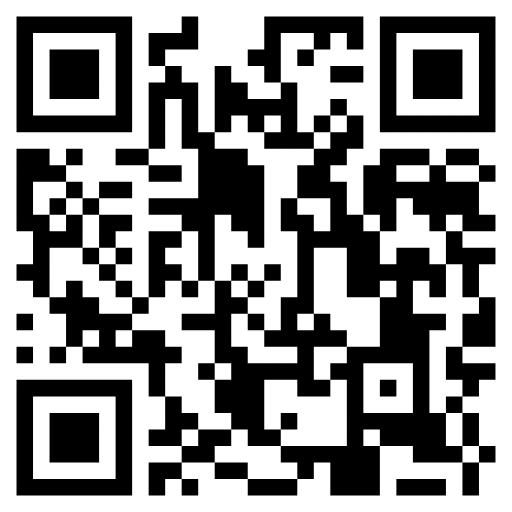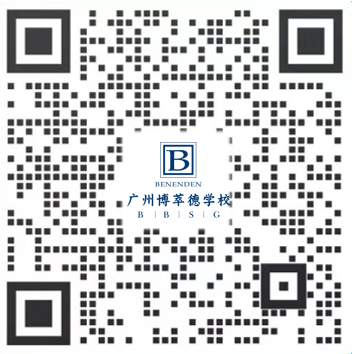Create "My Own Story"
11 Apr 2024
While we were young, picture books opened the world for us with colours, guiding us to explore the beauty of literature. Now, imagine having the opportunity to create your own picture book stories, where you can freely use words and colours to unleash your imagination and express your emotions. How wonderful would that be?
In Ms Hu's Grade 1 Chinese class, our students were fully engaged in creating their own picture books!
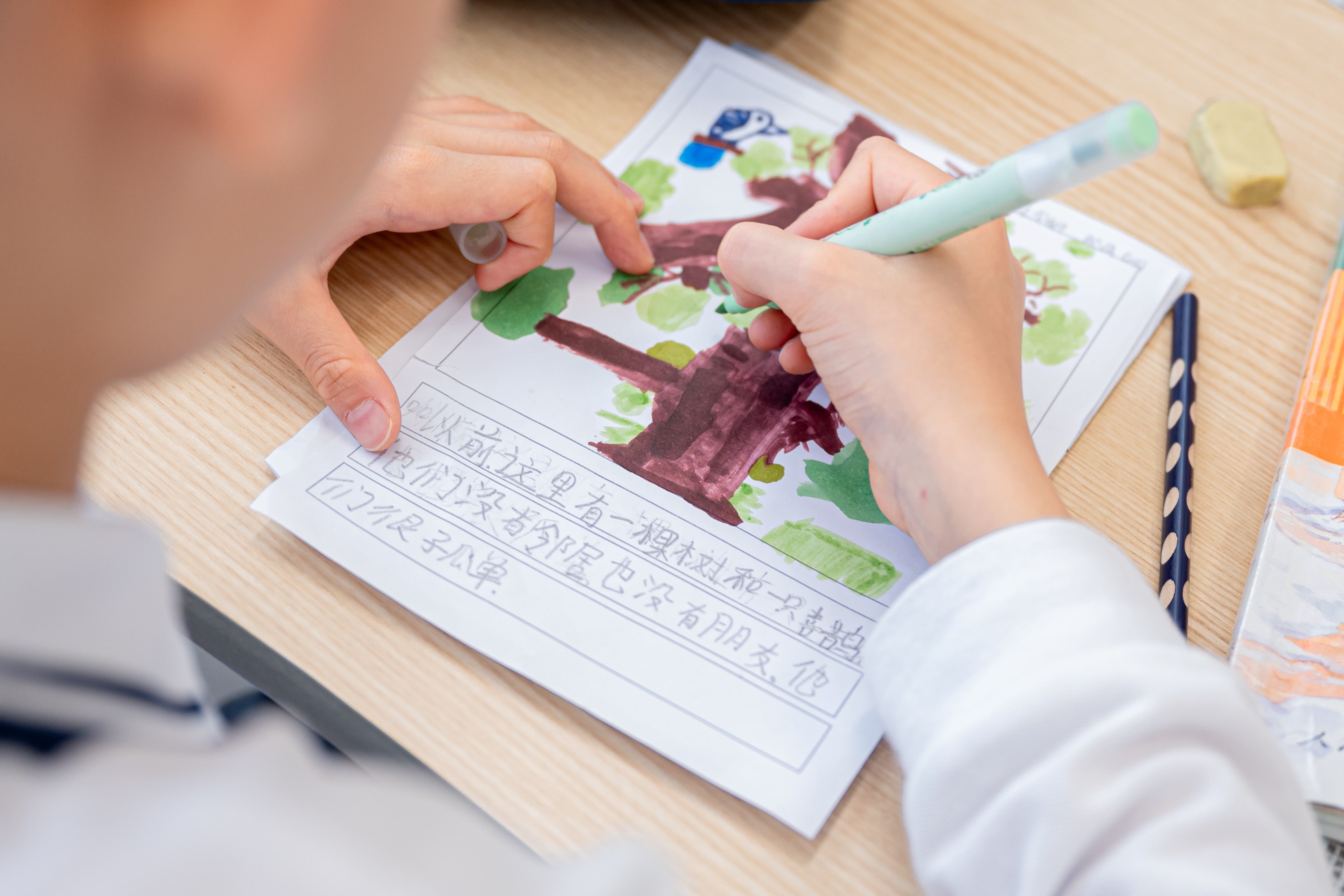
An Engaging Chinese Vocabulary Class
"The main teaching purpose of this unit is for students to build their vocabulary and use it in speaking and writing. Unlike traditional teaching approaches, we have incorporated picture book creation and sharing, allowing students to differentiate between words and use them in sentence construction while developing their understanding of the Chinese language," said Ms Hu.
She guided the students to break down the plot of the text, "The Tree and the Magpie," using picture books, and then they created new storylines based on the original narratives.
In this lesson, students were required to describe the key elements of the story, such as time, characters, and characteristics, using one sentence and one picture.
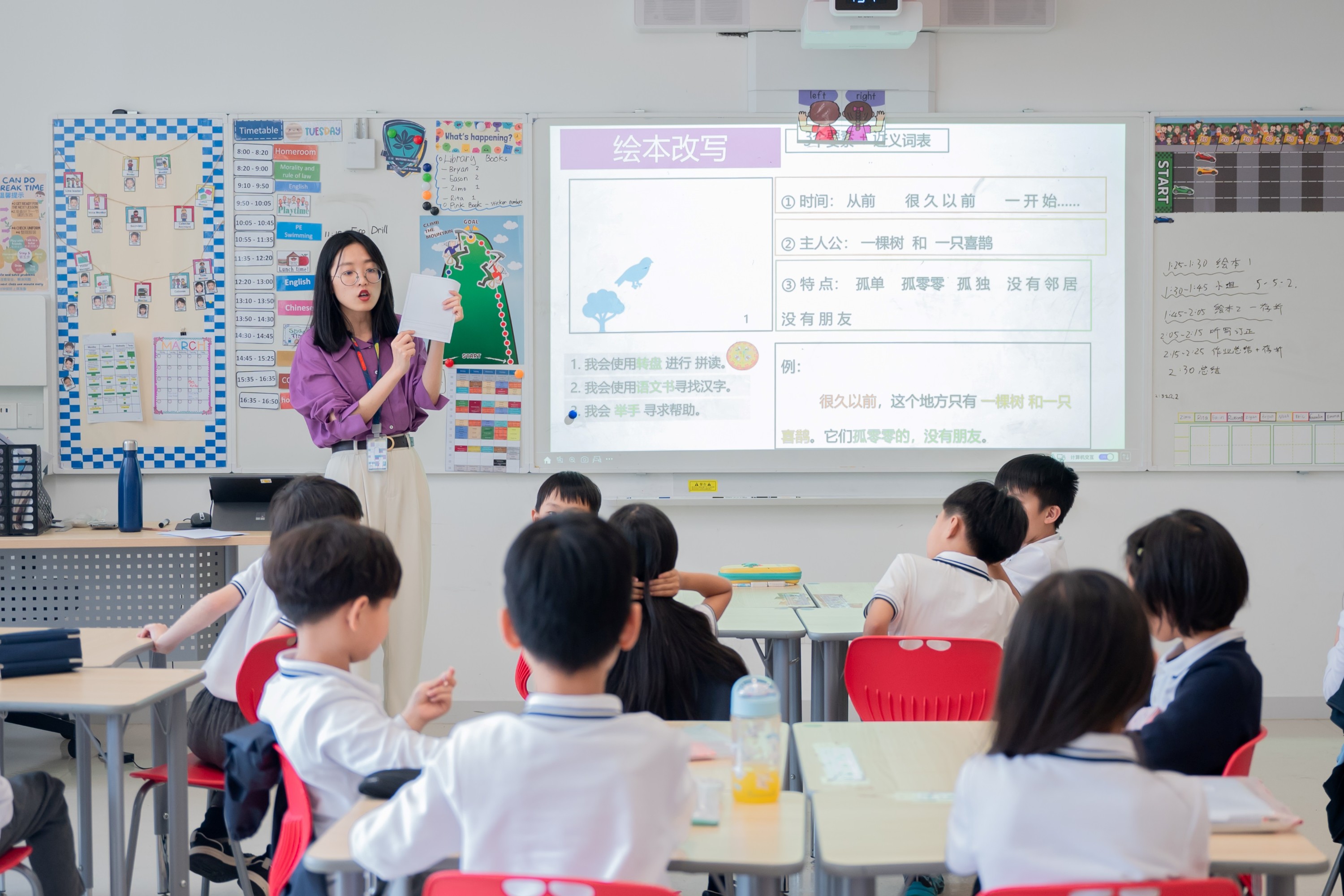
Before moving to the creation step, Ms Hu conducted three group activities on Pinyin, Chinese characters, and sentences — in a timed competition, helping students review and reinforce their understanding of the words so they can accurately use them in their writing.
In the Pinyin activity, Ms Hu presented the words from the picture book and the students had to work out the phrases together, using spelling skills and letter magnets. In the game for Chinese characters, students collaborated with each others to put together the correct characters assigned by the teacher, using character component cards. There was more fun at the Sentence Activity, as the students used colour coding to narrate an interesting and complete sentence.
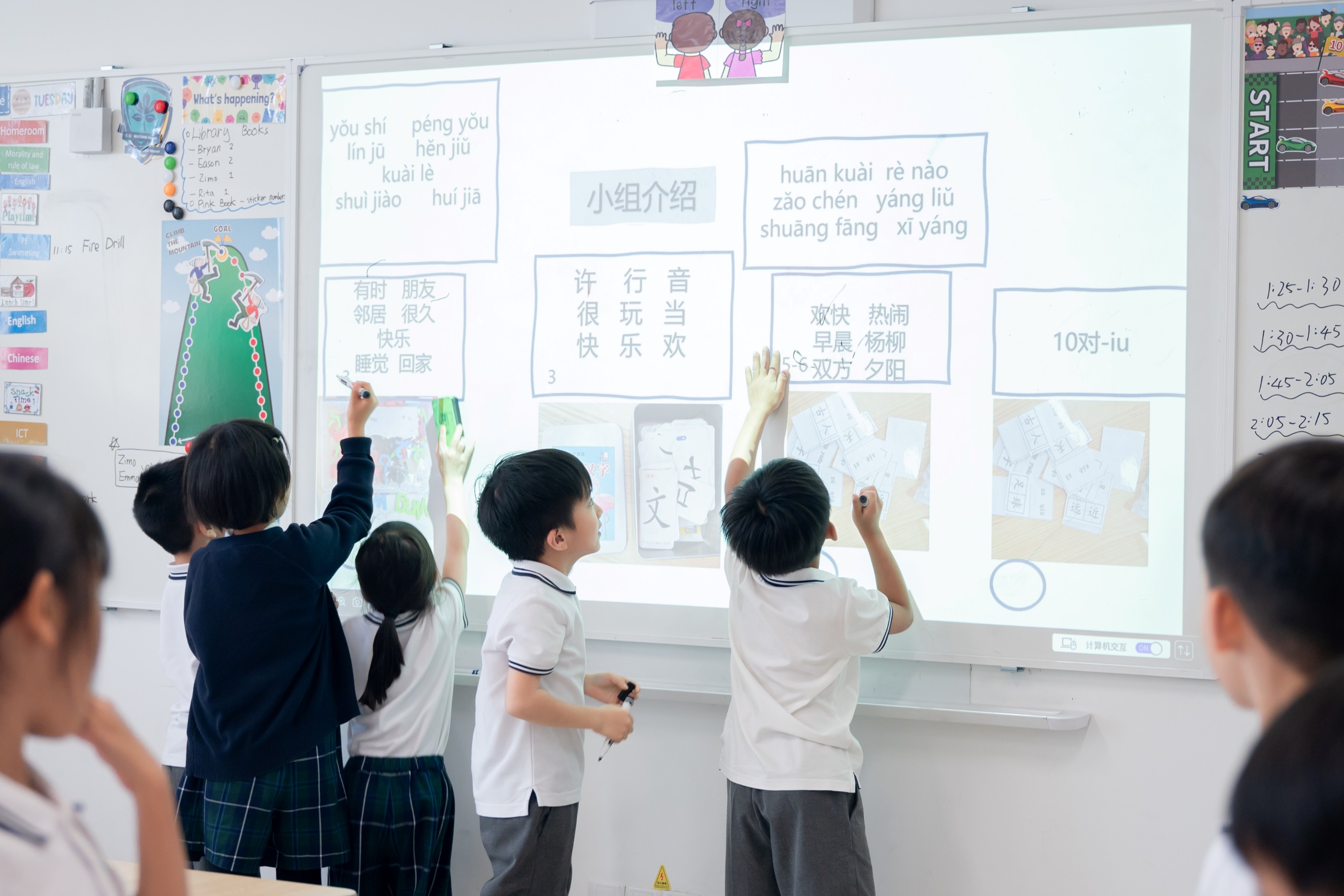
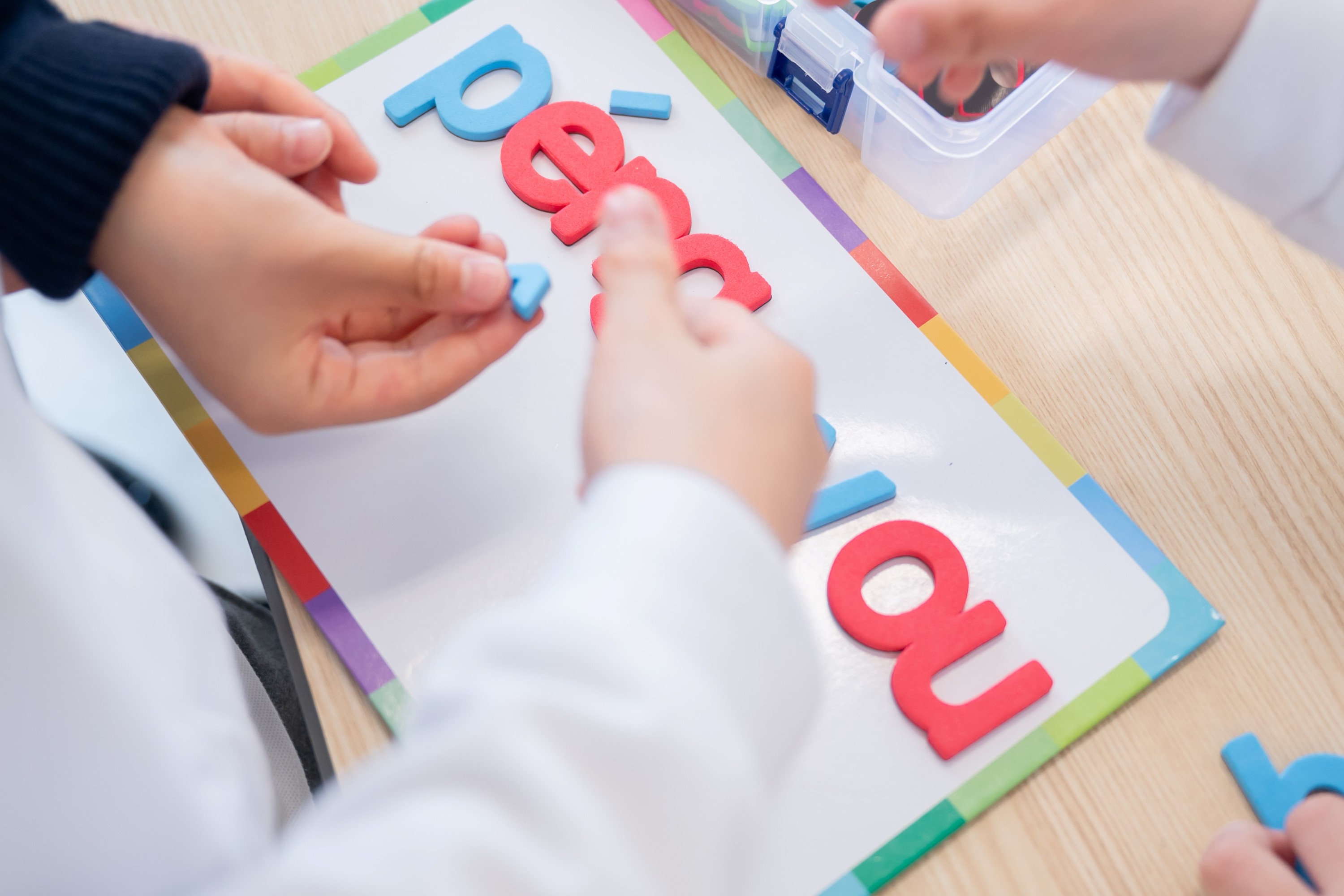
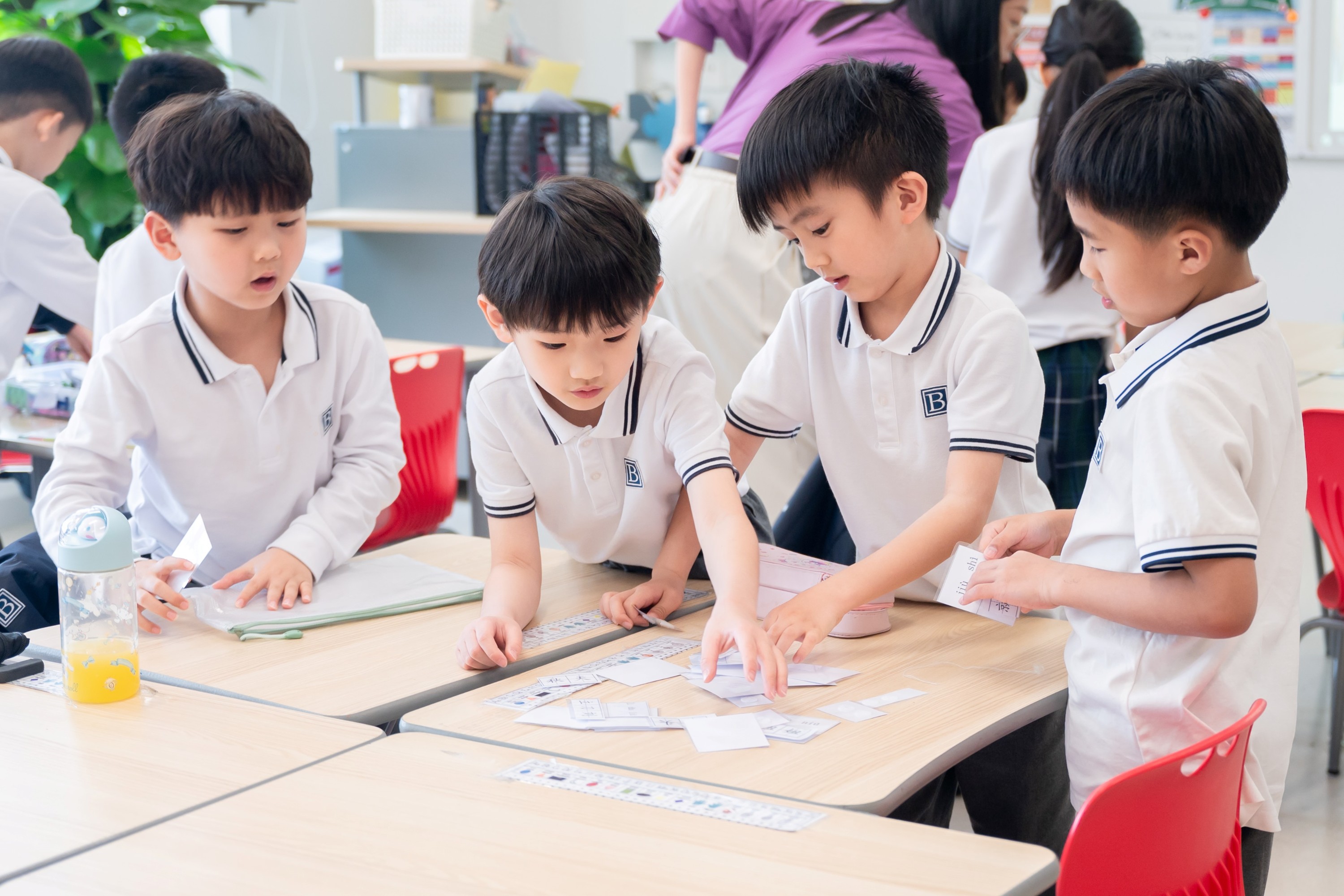
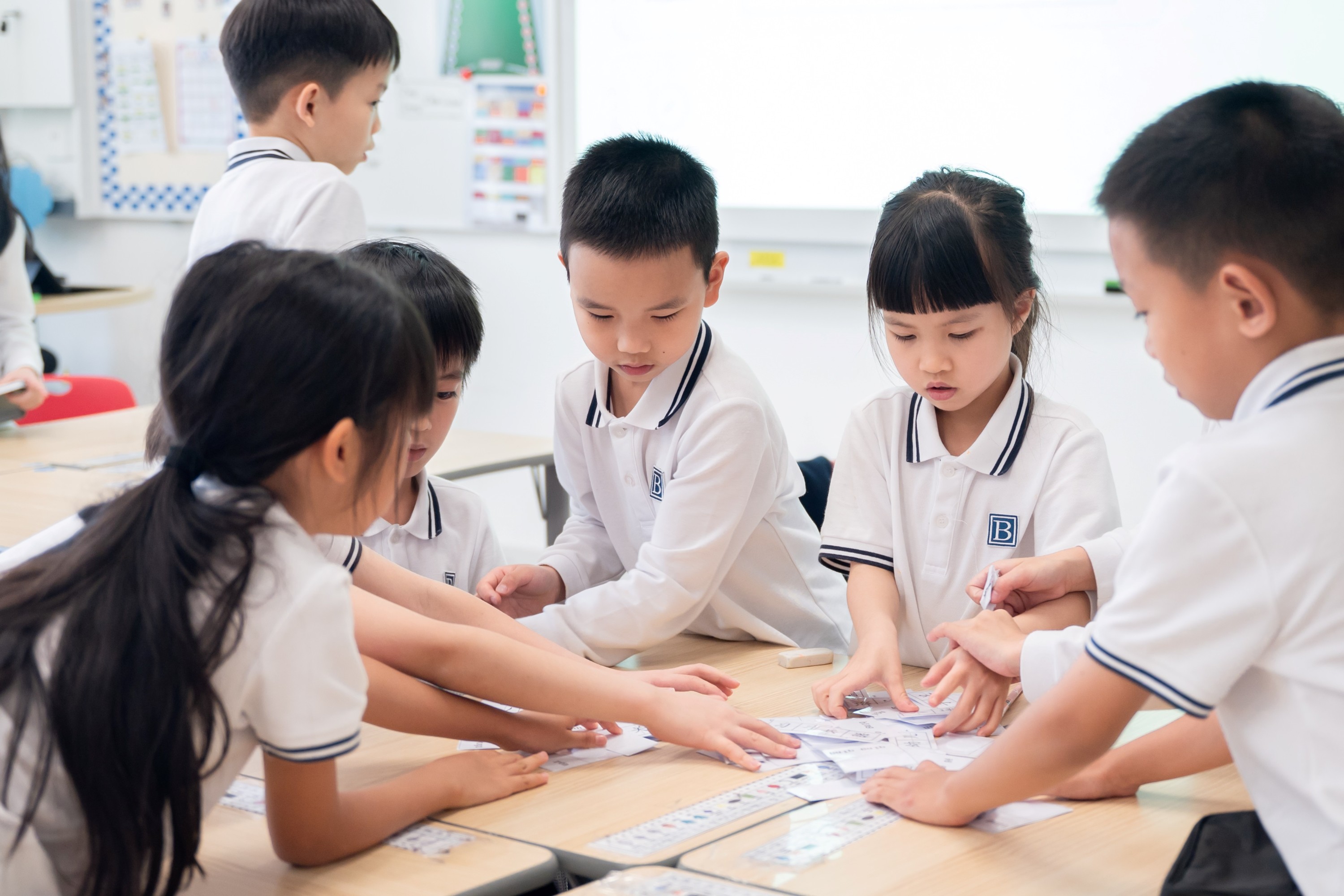
Individualised Learning While Creating a Picture Book
During the creation process, students unleashed their imaginations and used unique expressions. To help them use new words correctly, Ms Hu also designed differentiated tasks for students, allowing confident students to have more choices while helping beginning students find joy in writing:
She prepared a list of synonyms on the board for students' reference when describing the story, encouraging them to use different vocabulary. Furthermore, she encouraged students with a stronger grasp of words to expand their learning by considering other synonyms, enabling them to create more detailed plotlines and complex emotions.
While students were working on their works, Ms Hu support each one of them to build story backgrounds, expand plotlines, and revise words and sentences.
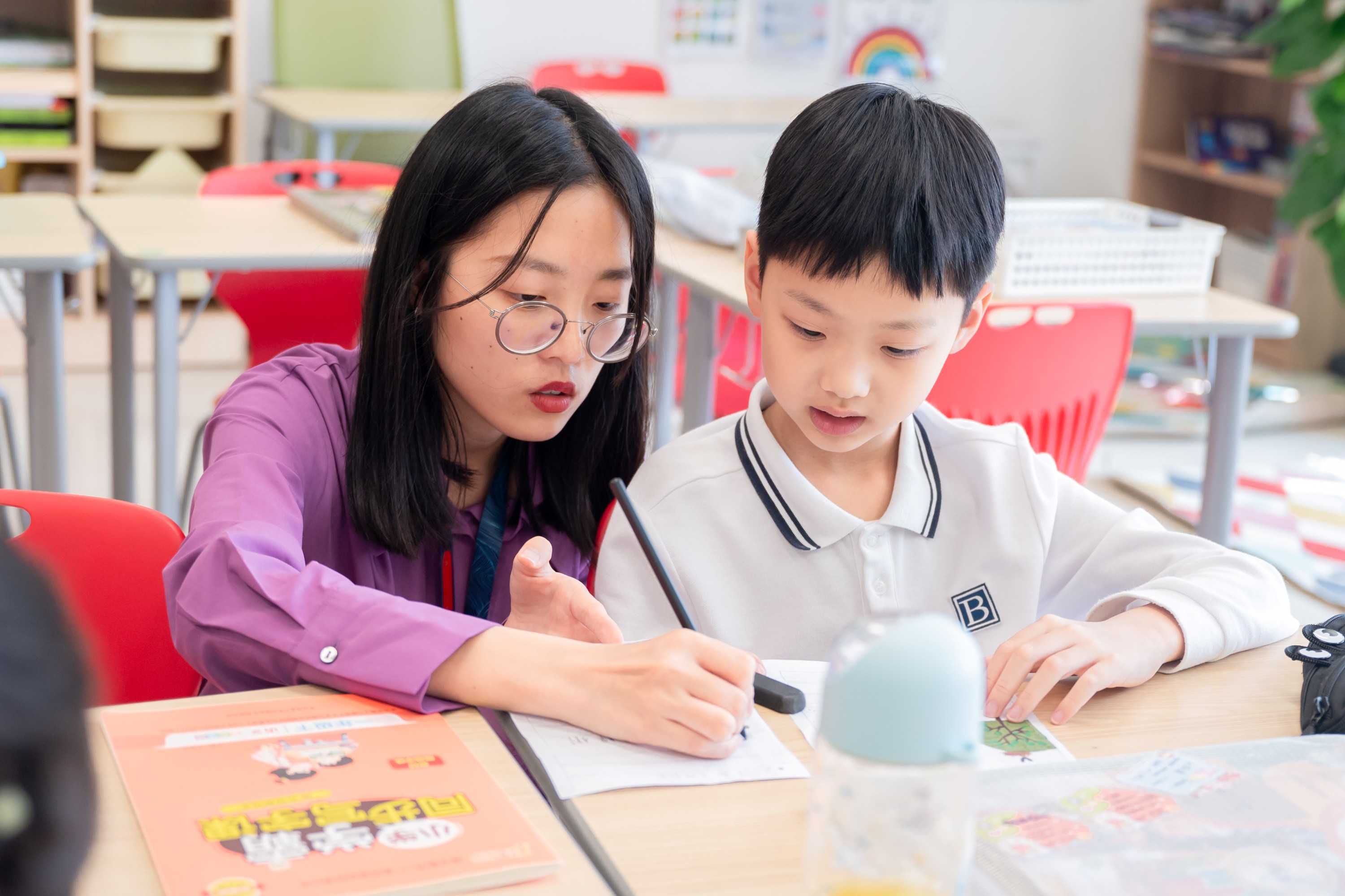
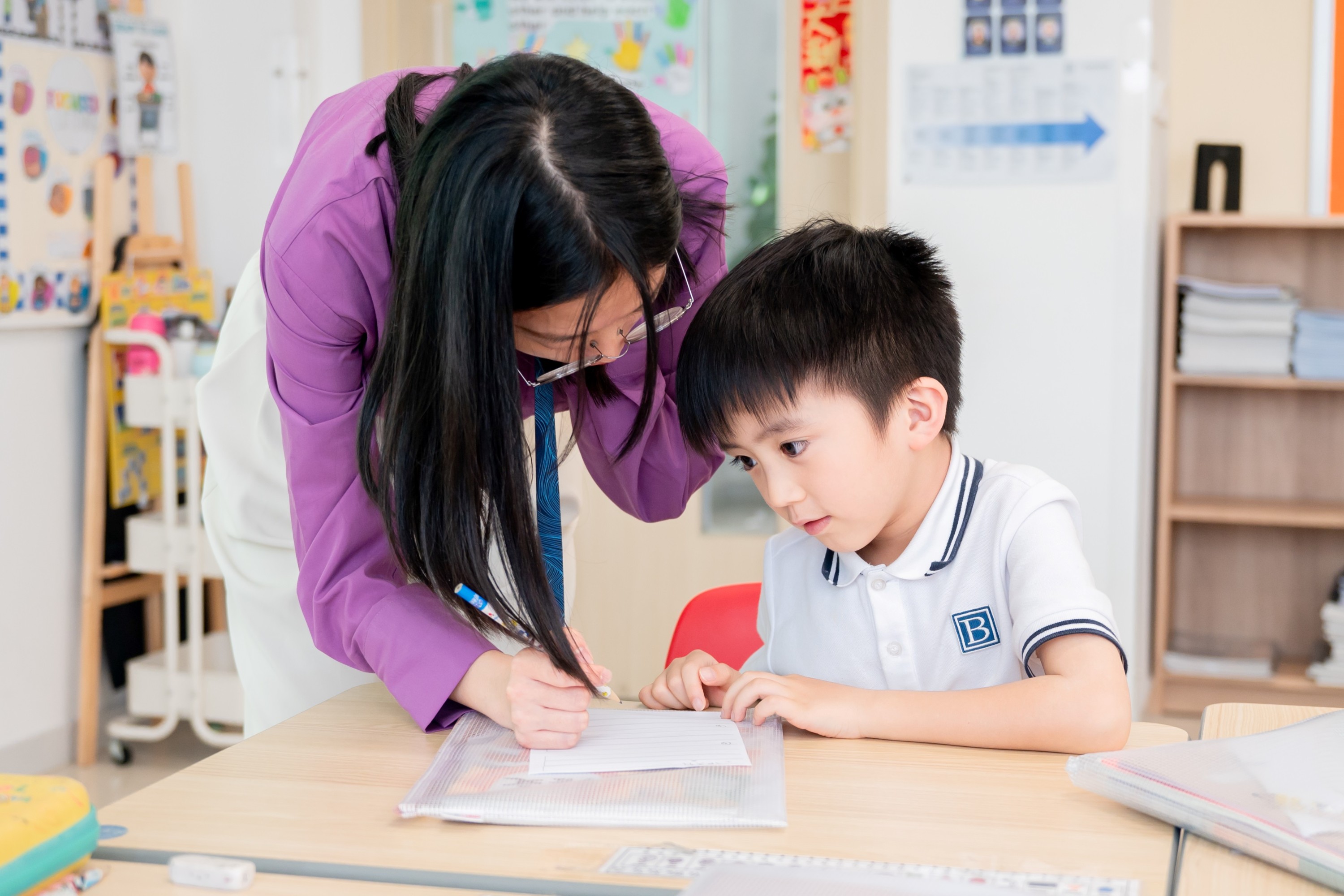
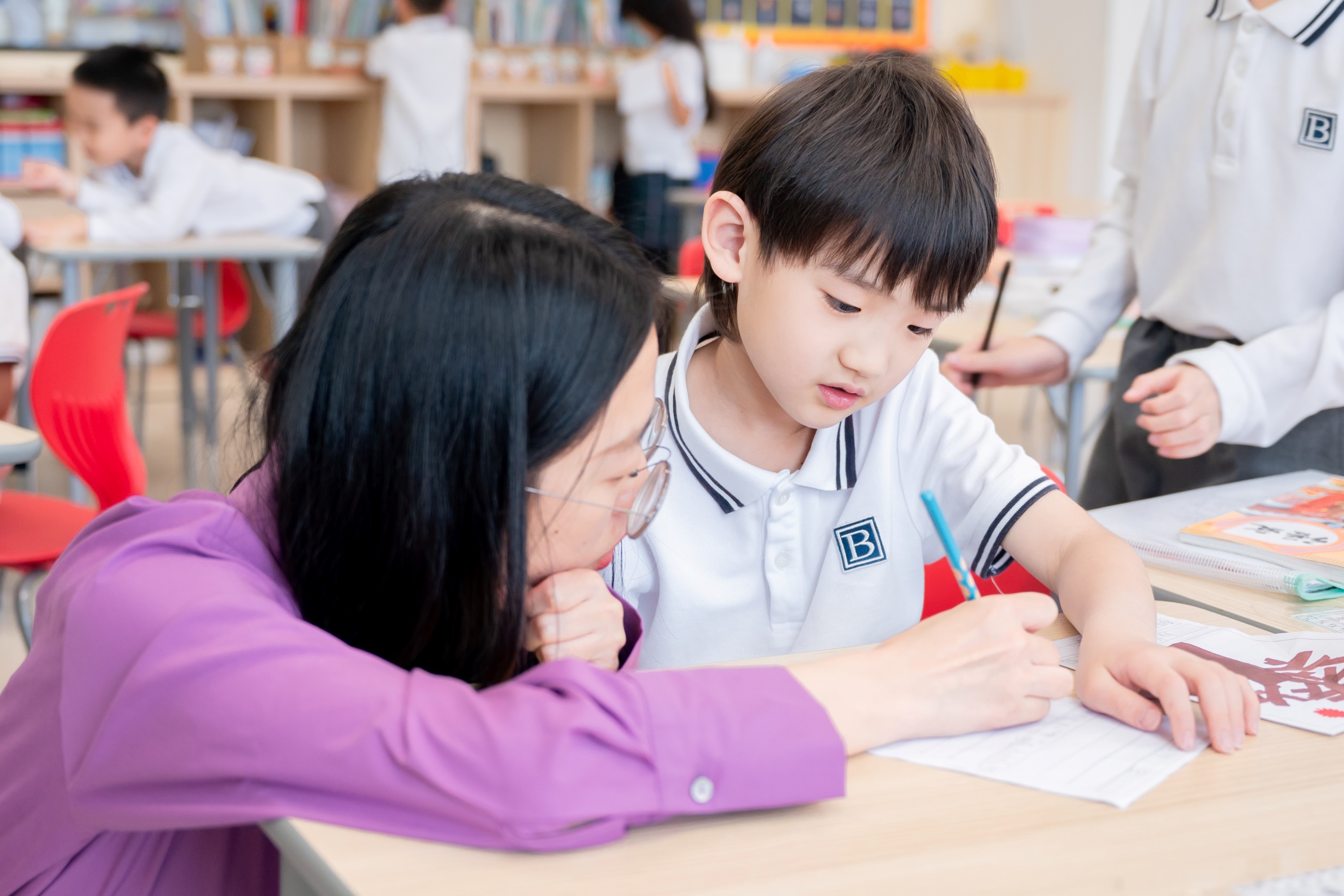
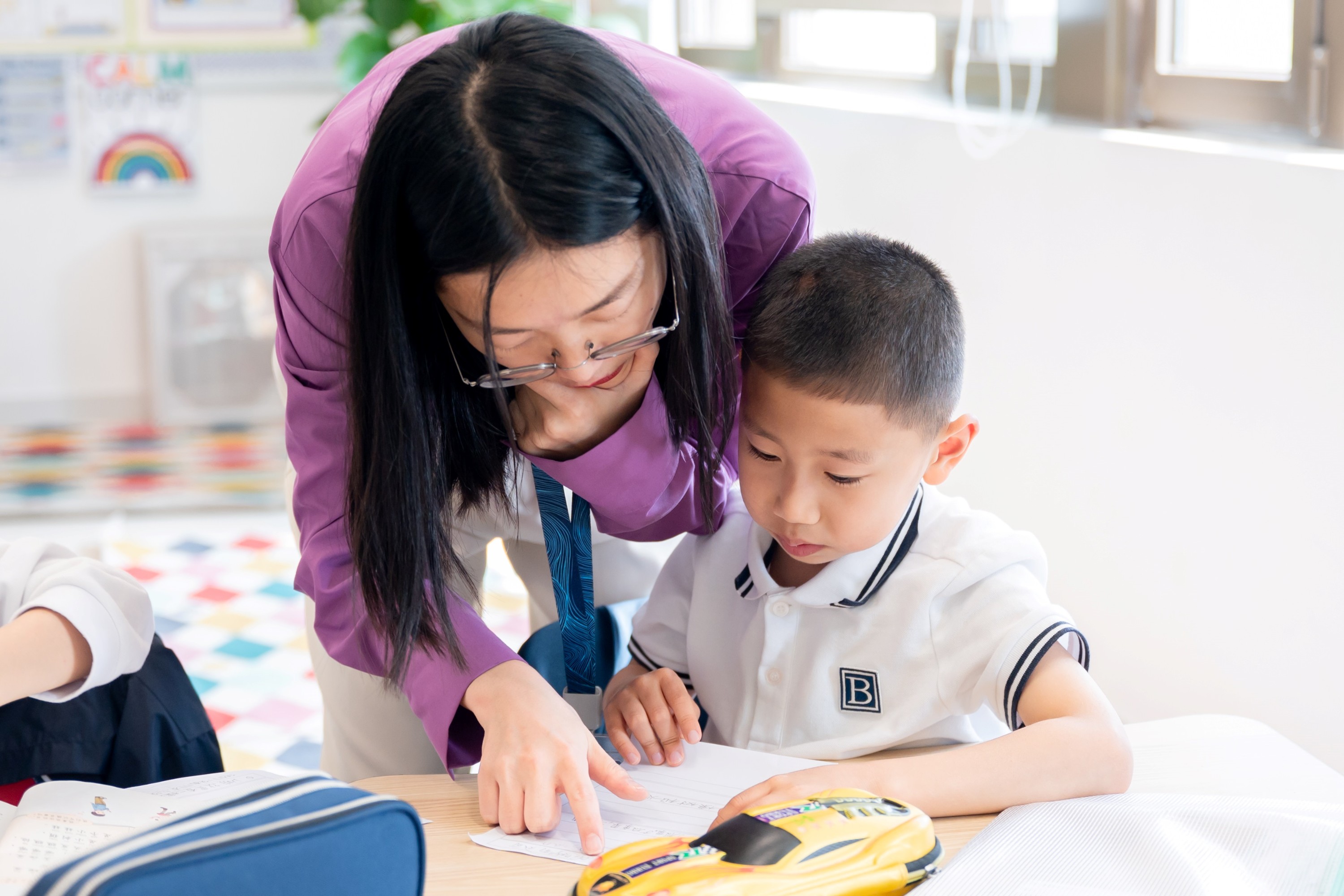
One student shared, "Ms Hu, my story takes place during the Ice Age—there is a tree and a magpie."
"Then it must be a bare tree!" immediately added a classmate sitting nearby.
Ms Hu seized this opportunity and asked, "Which word from the text describes a bare tree?"
"Lonely," one student answered.
"It can also be 'alone'," as it seems some students have grasped this group of synonyms.
Ms Hu added, "There's another word with an 'ABB' pattern, '孤零零' (gū líng líng), which better describes the feeling of loneliness. '孤' signifies being alone, one person, while '零' reminds people of the number 0, representing nothing. Putting 'one person' and 'no person' together, doesn't it feel even lonelier? Anyone who wants to use this new word in their picture book?"
As she finishing, we saw many hands raised in the classroom.
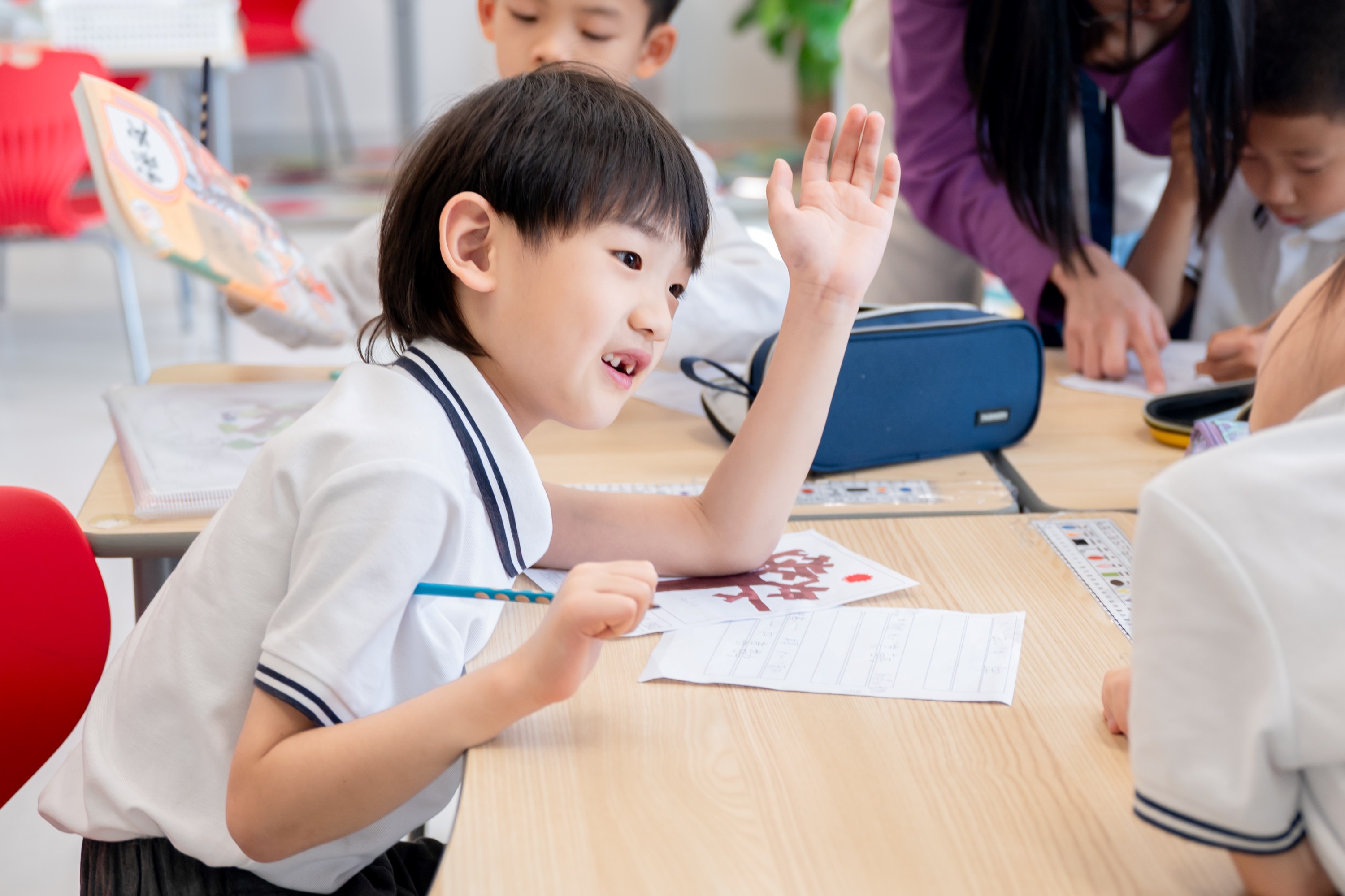
Activities like this help students expand their language expressions and lead to more diverse and vivid picture book creations.
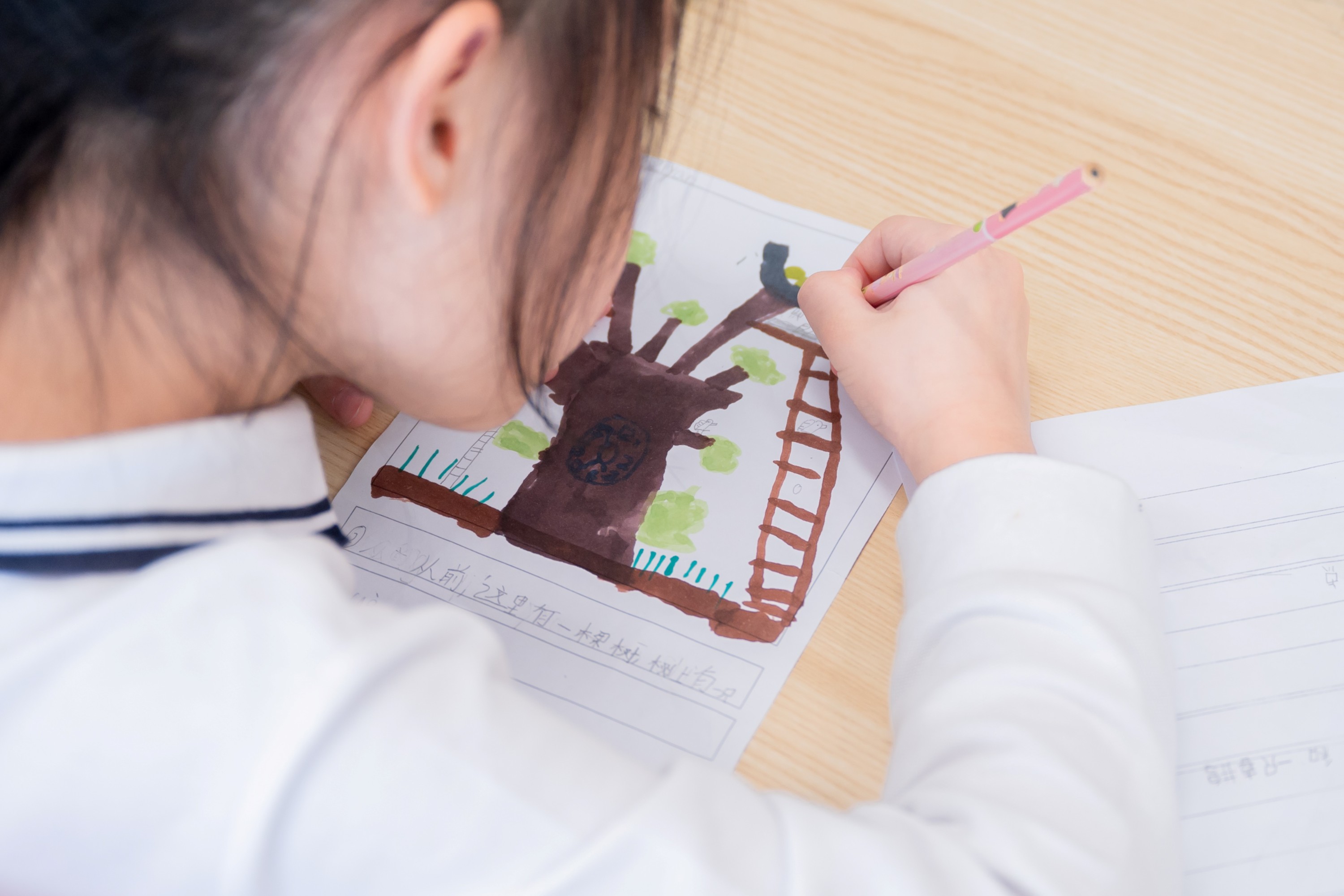
Ms Hu concluded, "In Chinese class, picture books have become a platform for students to showcase themselves and express their creativity. They are also tools for building vocabulary and honing writing skills. In our future lessons, we will continue to adapt the text into short poems and enhance pinyin pronunciation, character recognition, basic sentence writing, reading, and creative thinking through various learning projects. This not only makes the learning process enjoyable but also enables children to master language knowledge through practical applications."
